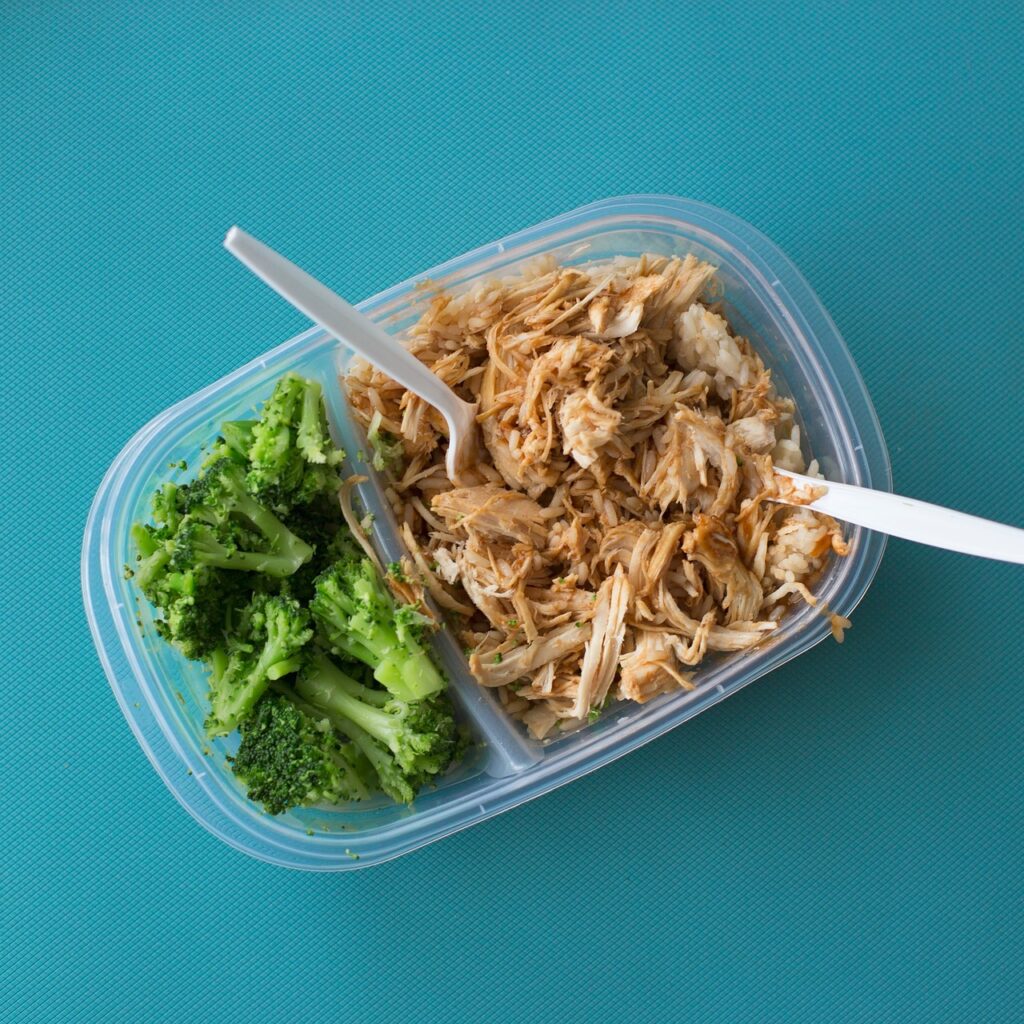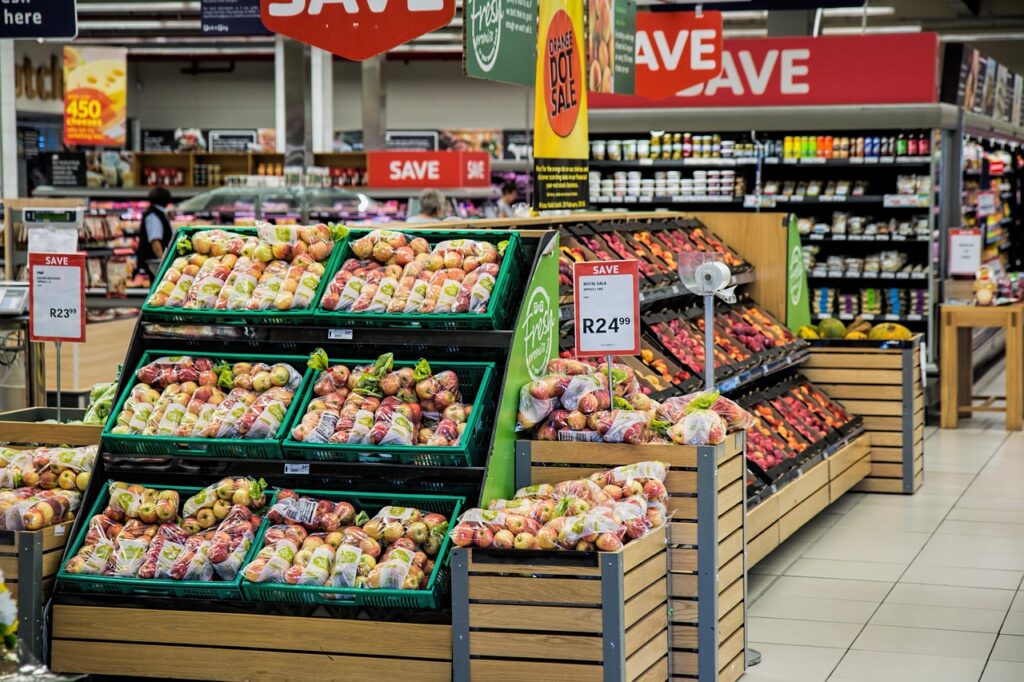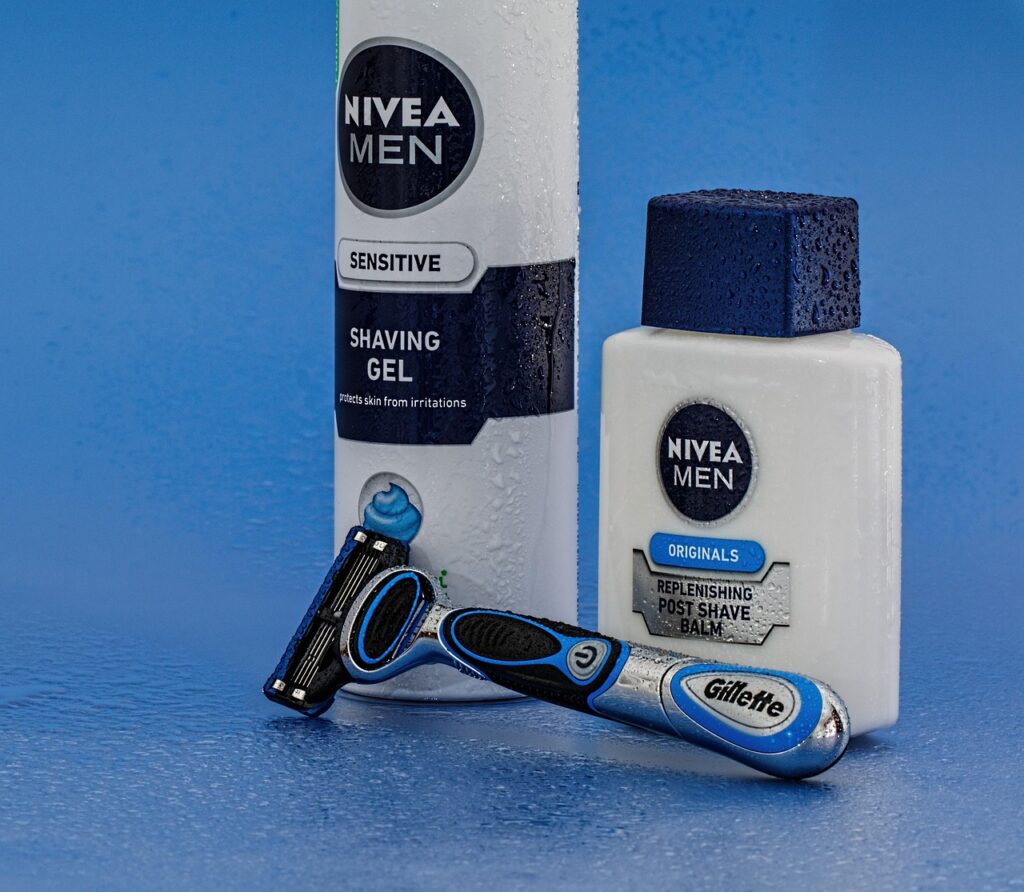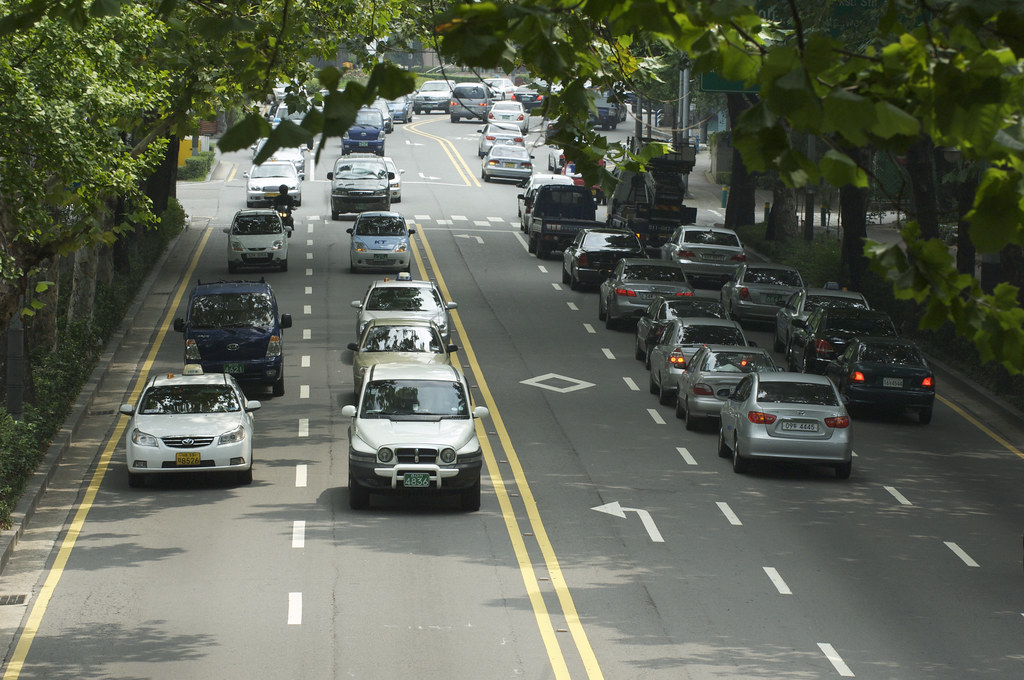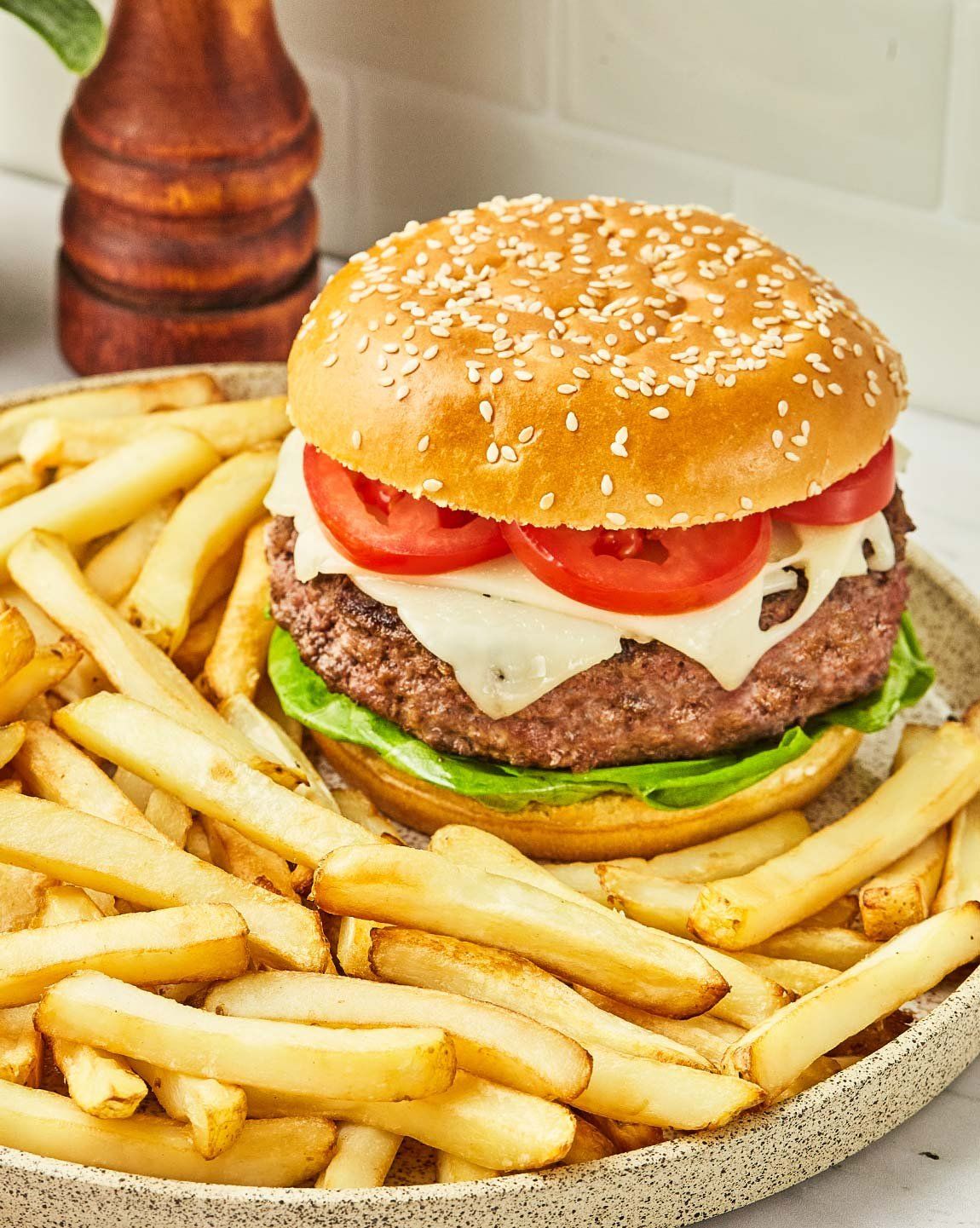Globally, we’re producing around 400 million metric tons of plastic each year, with nearly half of that dedicated to single-use items. These fleeting products, from cutlery and clamshell cases to plates and produce bags, quickly become waste that the planet struggles to process. The problem isn’t just visible litter; it’s a profound environmental challenge, from the vast majority of plastics being derived from fossil fuels to the staggering amounts piling up in landfills and polluting our oceans, canceling out their ability to store carbon. It’s easy to feel overwhelmed, especially when plastics seem embedded in every corner of our lives, even in unexpected places like dish sponges, dryer sheets, and teabags. Less than 10% of plastic ever gets recycled, meaning our waste increases hand-in-hand with new production, posing a significant climate problem both coming and going.
But here’s the good news: we, as individuals, hold significant power to drive change. While systemic shifts are crucial, making conscious, step-by-step choices in our daily lives can dramatically reduce our reliance on these fleeting plastics. This isn’t about striving for an impossible “zero-waste” lifestyle overnight or adopting militant habits. Instead, it’s about embracing smart, simple swaps that are genuinely doable, often cheap, and, most importantly, cumulative. Every small action, multiplied across many people, creates a powerful wave of positive impact.
That’s why we’ve curated a list of genuinely practical, low-effort ways to cut back on single-use plastics right where you live, shop, and travel. Think of this as your essential “crib sheet” for making more sustainable choices without overhauling your entire routine. Many of these habits you might already be doing, but our hope is that you’ll discover a few new, impactful swaps you’ll genuinely want to keep. It’s about empowering you with trusted, actionable advice to build a healthier home and a healthier planet, one mindful choice at a time.

1. **Embrace Reusable Shopping Bags for a Greener Grocery Run**This might seem like a no-brainer, but its impact is immense and undeniable. Flimsy plastic shopping bags have become a ubiquitous symbol of our throwaway culture, piling up in landfills and polluting our natural environments. These bags are often used for mere minutes, yet they persist for centuries, creating significant harm to wildlife and ecosystems. Making the simple switch to reusable bags is one of the easiest and most effective ways to make an immediate dent in your plastic footprint.
To truly make this habit stick, convenience is key. Stash a few sturdy reusable bags in your car, your purse, your backpack, or near your front door so you’re never caught without them. Consider bags made from durable materials like canvas, recycled nylon, or jute; they not only last longer but also offer a more sustainable lifecycle. Some places have even enacted bag bans, proving that these policy changes, supported by individual actions, genuinely work to curb plastic waste.
Beyond just groceries, extend this habit to all your shopping trips. Whether you’re buying clothes, books, or household goods, politely decline single-use bags and use your own. This small gesture sends a clear message to retailers about consumer demand for more sustainable practices. It’s a foundational step in your journey to reducing plastic, setting the tone for a more mindful approach to consumption across the board.
Read more about: Beyond the Cart: 14 Overpriced Grocery Items Frugal Shoppers Are Skipping to Save Big
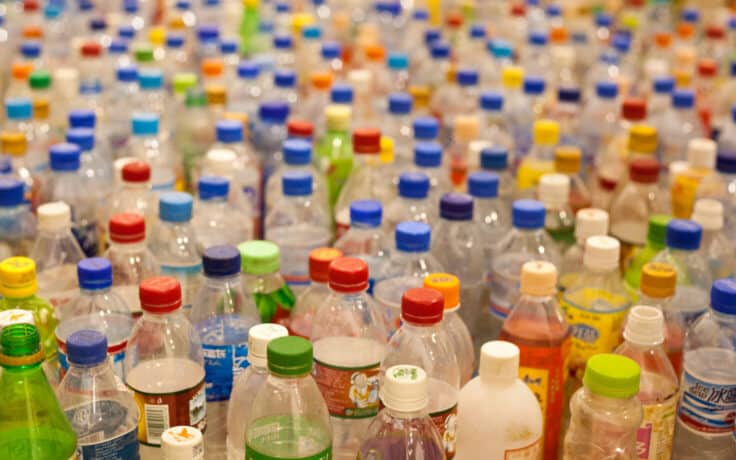
2. **Ditch Disposable Bottles: The Power of Your Reusable Water Bottle**Single-use plastic water bottles are another major culprit in our global waste crisis, contributing significantly to overflowing landfills and pervasive microplastic pollution. The world produces around 600 billion single-use bottles each year, a staggering figure that highlights the urgent need for a shift in our hydration habits. Investing in a high-quality, reusable water bottle is not just an eco-friendly choice; it’s a smart lifestyle upgrade that benefits both your wallet and the planet.
When choosing a reusable water bottle, consider materials like stainless steel or glass. Stainless steel options often keep drinks colder or hotter for longer, while glass provides a clean taste and allows you to see your drink. There are also BPA-free plastic options available, though many prefer to avoid plastic entirely for food and drink contact. The key is to find a bottle that you love and that fits seamlessly into your daily routine, encouraging consistent use.
Make refilling your reusable bottle a constant habit throughout the day. Keep it full at home, bring it to work, take it to the gym, and carry it with you on errands. Not only will you save a significant amount of money that would otherwise be spent on bottled water, but you’ll also ensure you stay hydrated, which is crucial for your personal health. This simple swap is a powerful statement against the disposability culture, demonstrating that convenience and sustainability can indeed go hand-in-hand.
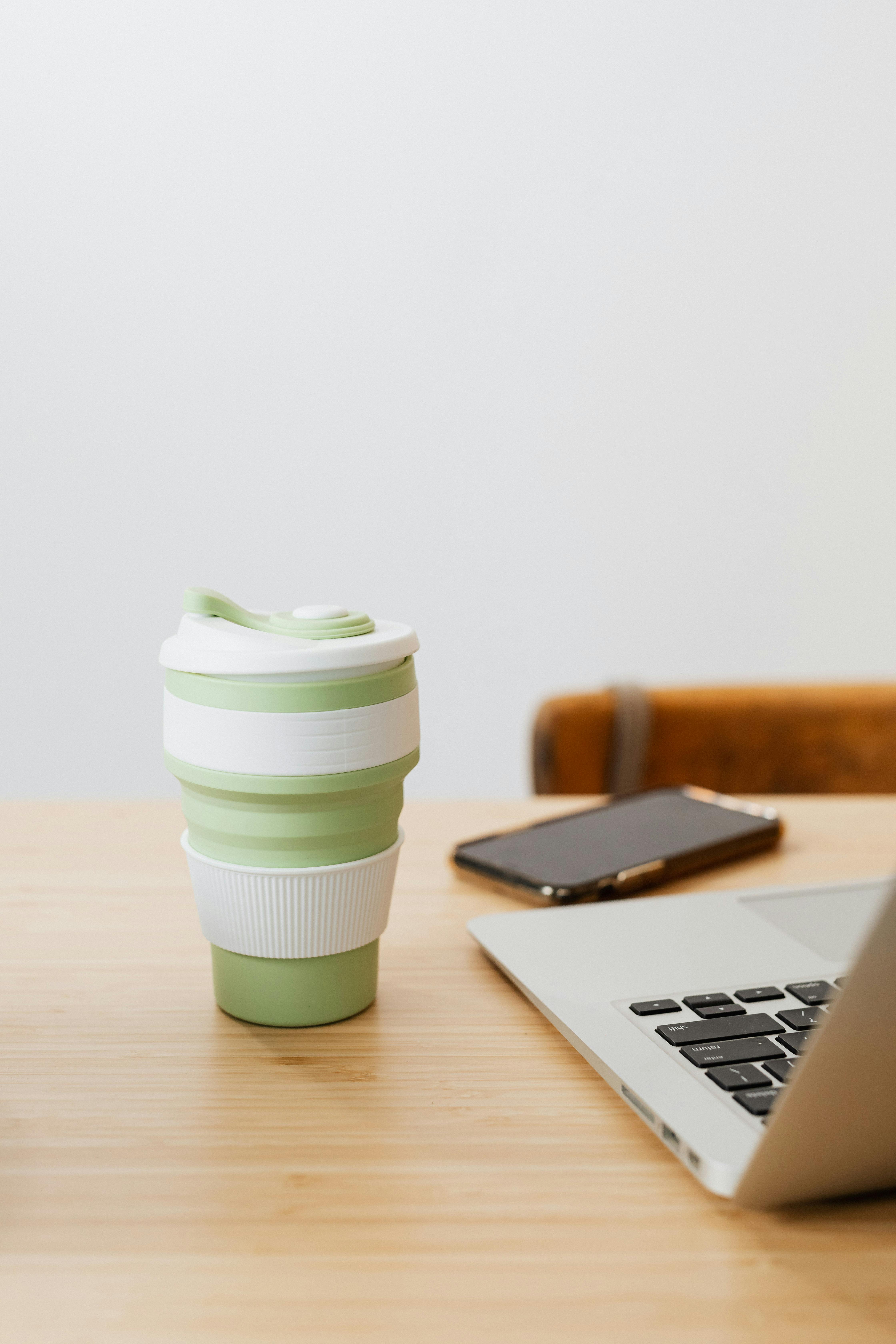
3. **Sip Sustainably: Making the Switch to Reusable Coffee Cups**For many, a daily coffee is an indispensable ritual, but the environmental cost of that convenience is immense. The U.S. alone goes through 136 million single-use coffee cups *a day*, each lined with a thin layer of plastic to protect against seepage. This plastic lining makes them incredibly difficult to recycle, meaning the vast majority end up in landfills, persisting for centuries. This highlights why bringing your own reusable coffee cup is such a vital and impactful change.
The beauty of a reusable coffee cup extends beyond waste reduction. Many coffee shops actively encourage this sustainable practice by offering a discount to customers who bring their own cup, making it a money-saving choice as well. You can find reusable cups in a variety of materials, including insulated stainless steel to keep your drink warm, durable ceramic, or lightweight bamboo fiber. Choose one that fits your preferred drink size and aesthetic, ensuring it’s a pleasure to use every day.
Cultivating the habit of “BYO cup” (Bring Your Own) requires a little planning. Keep your reusable cup clean and readily available, perhaps by your keys or bag, so it becomes second nature to grab it before you head out. This isn’t about being militant or giving up your favorite coffee; it’s about making a conscious choice to enjoy your beverage without contributing to the massive pile of daily plastic waste. It’s a clear example of how a small, consistent effort can collectively make a profound difference.
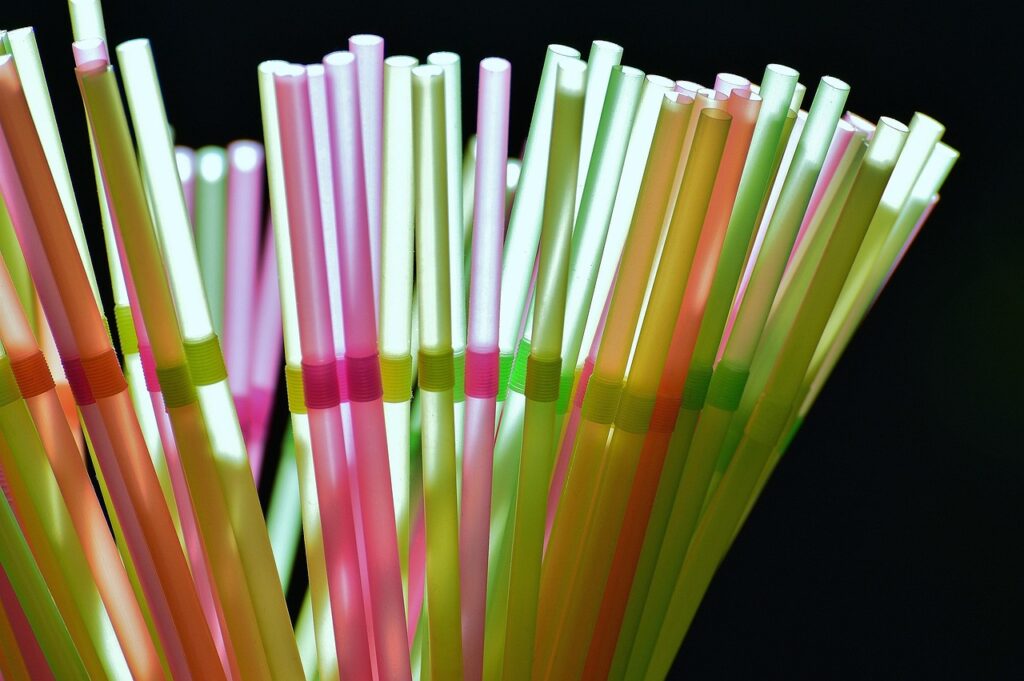
4. **Say No to Plastic Straws and Utensils: Small Changes, Big Impact on Takeout**Those tiny plastic straws and disposable utensils, often used for mere minutes, create an outsized environmental problem. The foodservice industry alone uses around 561 billion throwaway items a year – that’s more than 1.5 billion every single day. These items quickly become waste, polluting our oceans, harming marine life, and littering our landscapes. The simplest solution is often the most effective: just say “no, thank you.”
When ordering takeout or dining out, proactively request “no plastic utensils, please” or choose the option on delivery apps like DoorDash, Uber Eats, or Grubhub. Most of us have reusable cutlery at home, rendering these plastic additions entirely unnecessary. If you frequently find yourself needing utensils on the go, consider carrying a compact set of reusable metal or bamboo utensils, perhaps in a small cloth pouch. This allows you to enjoy your meal sustainably wherever you are.
The same principle applies to straws. While some people truly need straws for medical reasons, for most, they are a convenience that can easily be foregone. If you prefer to sip through a straw, invest in a reusable metal or silicone version, complete with a small carrying case to keep it clean. Getting into the habit of bringing your own reusable straw ensures you’re prepared and avoids contributing to the millions of plastic straws that end up as waste each day. This is a small change with a significant collective impact on plastic waste reduction.
5. **Revolutionize Lunchtime: Reusable Food Containers for Everyday Meals**Our daily meals, particularly packed lunches and leftovers, are often hidden sources of significant single-use plastic waste. Plastic baggies, cling wrap, and disposable containers quickly end up in the trash, contributing to the staggering volume of plastic piling up in landfills. Transitioning to reusable food storage solutions is a practical and effective way to cut down on this pervasive waste, offering benefits for both the planet and your food’s freshness.
Embrace a variety of reusable containers made from durable materials like glass, stainless steel, or silicone. Glass containers with locking tops are fantastic for storing leftovers, as they don’t stain or smell, won’t leach chemicals into your food, and last for a very long time. Stainless steel containers are lightweight and robust, ideal for packing lunches. Silicone bags are incredibly versatile, perfect for snacks, sandwiches, or even freezing food, and many are dishwasher safe for easy cleaning.
The key is to create a system that works for you. Invest in a few good quality containers that you enjoy using and that fit your lifestyle. By consistently packing your lunch in these durable, multi-use containers, you’ll eliminate the need for countless plastic baggies and wraps. This habit not only reduces waste but can also keep your food fresher and tastier, proving that eco-conscious choices often lead to a better quality of life.
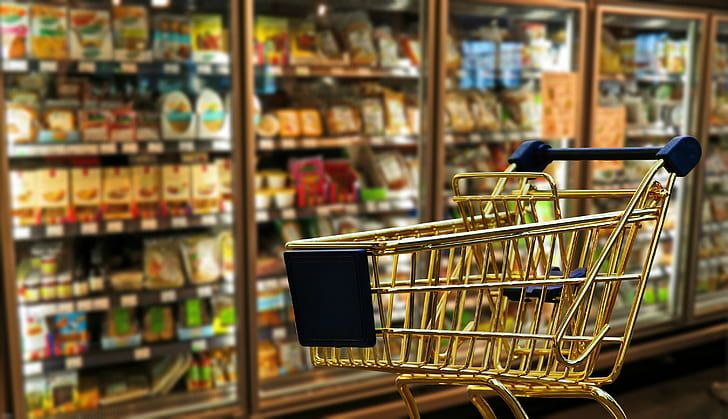
6. **Smart Shopping: The Benefits of Buying in Bulk to Reduce Packaging**The packaging around our food accounts for about 40% of all plastic waste. Every individual item wrapped in plastic contributes to this massive problem. Buying in bulk, whenever possible, offers a powerful strategy to significantly reduce this packaging waste, allowing you to stock up on staples while minimizing your environmental footprint. It’s a practice that benefits both your household and the planet.
Look for stores in your area that offer bulk options for dry goods such as grains, nuts, seeds, pasta, coffee beans, and even certain oils or cleaning supplies. Many health food stores, co-ops, and specialty grocers have dedicated bulk sections. The concept is simple: bring your own reusable containers – glass jars, cloth bags, or even clean plastic containers you already own – and fill them up. You pay for the product by weight, not for the packaging.
This method not only reduces individual product packaging but can often save you money in the long run, as bulk items are frequently more cost-effective than their pre-packaged counterparts. While it might require a small initial investment in containers and a slight shift in your shopping routine, the benefits are substantial. It’s a tangible way to take control of the packaging waste that enters your home and support a more sustainable retail model.
Read more about: Beyond the Cart: 14 Overpriced Grocery Items Frugal Shoppers Are Skipping to Save Big
7. **Mindful Purchases: Choosing Products with Minimal Packaging**Beyond buying in bulk, a general principle to adopt in your shopping habits is to consciously favor products that come packed in metal, paper, or glass whenever the option is available and affordable. This overarching approach helps address the fact that approximately 40% of all plastic waste comes from food packaging alone. Every purchase you make is, in essence, a vote for the kind of world you want to live in, and choosing minimal or plastic-free packaging sends a powerful message.
This means being a discerning consumer. For instance, when it comes to produce, opt for loose fruits and vegetables that have natural skins, like bananas, onions, and avocados. They are durable enough to handle the unbagged life and don’t require individual plastic bags. Skip pre-cut produce in plastic trays or bags; while a sliced melon might save five minutes, that plastic tub it’s in will stick around for centuries. The same applies to pre-cut bagged greens.
Expand this mindfulness to all aisles of the store. Can you buy drinks in cans instead of plastic bottles? Are there brands that offer household staples in glass jars or cardboard boxes instead of plastic? This isn’t about perfectly eliminating every piece of plastic, but about making informed decisions. By consciously selecting products with less plastic packaging, you actively contribute to reducing demand for plastic production and help shift market trends towards more sustainable alternatives.
Globally, we’re producing around 400 million metric tons of plastic each year, with nearly half of that dedicated to single-use items. These fleeting products, from cutlery and clamshell cases to plates and produce bags, quickly become waste that the planet struggles to process. The problem isn’t just visible litter; it’s a profound environmental challenge, from the vast majority of plastics being derived from fossil fuels to the staggering amounts piling up in landfills and polluting our oceans, canceling out their ability to store carbon. It’s easy to feel overwhelmed, especially when plastics seem embedded in every corner of our lives, even in unexpected places like dish sponges, dryer sheets, and teabags. Less than 10% of plastic ever gets recycled, meaning our waste increases hand-in-hand with new production, posing a significant climate problem both coming and going.
But here’s the good news: we, as individuals, hold significant power to drive change. While systemic shifts are crucial, making conscious, step-by-step choices in our daily lives can dramatically reduce our reliance on these fleeting plastics. This isn’t about striving for an impossible “zero-waste” lifestyle overnight or adopting militant habits. Instead, it’s about embracing smart, simple swaps that are genuinely doable, often cheap, and, most importantly, cumulative. Every small action, multiplied across many people, creates a powerful wave of positive impact.
That’s why we’ve curated a list of genuinely practical, low-effort ways to cut back on single-use plastics right where you live, shop, and travel. Think of this as your essential “crib sheet” for making more sustainable choices without overhauling your entire routine. Many of these habits you might already be doing, but our hope is that you’ll discover a few new, impactful swaps you’ll genuinely want to keep. It’s about empowering you with trusted, actionable advice to build a healthier home and a healthier planet, one mindful choice at a time.

8. **Revitalize Your Personal Care Routine with Plastic-Free Essentials**The bathroom is often a overlooked hotspot for single-use plastics, from shampoo bottles to body wash containers and even the hidden plastics in sheet masks. Making conscious choices here can significantly reduce your daily plastic footprint. The good news is that there are many effective and enjoyable alternatives that offer a luxurious experience while being kinder to the planet.
Consider swapping your liquid shampoo and conditioner for solid bar versions. “There are lots of great options for all kinds of hair,” and they typically come in minimal, plastic-free packaging, such as paper or cardboard. Similarly, if you’re a body wash person, switching to bar soap is a fantastic move. It’s “less expensive, less wasteful, and many smell really good,” making it a simple yet impactful change that eliminates bulky plastic bottles from your shower caddy.
Beyond the shower, extend this mindfulness to your skincare. Many single-use sheet masks, while convenient, generate unnecessary plastic waste. Opt instead for serums and lotions that come in “preferably glass!” bottles. While this might not eliminate all plastic from your beauty routine, it “does make a dent” and encourages a more sustainable approach. Additionally, be vigilant about avoiding products containing microbeads, those tiny plastic particles found in some exfoliating scrubs and toothpastes, which are known to harm marine life when they enter waterways. Look for products that use natural exfoliants like sugar or salt.
9. **Upgrade Your Shaving and Dental Care for a Sustainable Sparkle**Many of the tools we use for daily grooming are surprisingly significant contributors to plastic waste. Billions of “plastic-handled disposable razors” end up in landfills each year, and traditional dental care products often follow suit. Fortunately, there are durable and eco-friendly alternatives that not only reduce waste but can also provide a superior experience.
One of the most impactful swaps you can make is transitioning to a safety razor. While it “takes a minute to get the hang of,” many find that “the shave is better, and all you need to do is replace the blades every few months.” This drastically cuts down on the plastic waste associated with disposable cartridges and razors, offering a timeless and effective grooming solution.
Your oral hygiene routine can also become a plastic-free zone. Instead of traditional plastic dental floss, choose “plant-based dental floss.” Furthermore, put down those ubiquitous plastic dental picks. Consider “a reusable interdental brush instead” to clean between your chompers effectively and sustainably. These small changes collectively make a big difference in reducing daily plastic consumption in your personal care.
Another simple swap is replacing plastic mesh loofahs, which are “a wasteful breeding ground for bacteria,” with a plain old washcloth. These can be laundered and reused countless times, providing a hygienic and zero-waste alternative for exfoliation and cleansing. While natural loofah sponges exist, the context advises that “that won’t fix the microbe woes” if not properly maintained, making a washcloth a consistently practical choice.
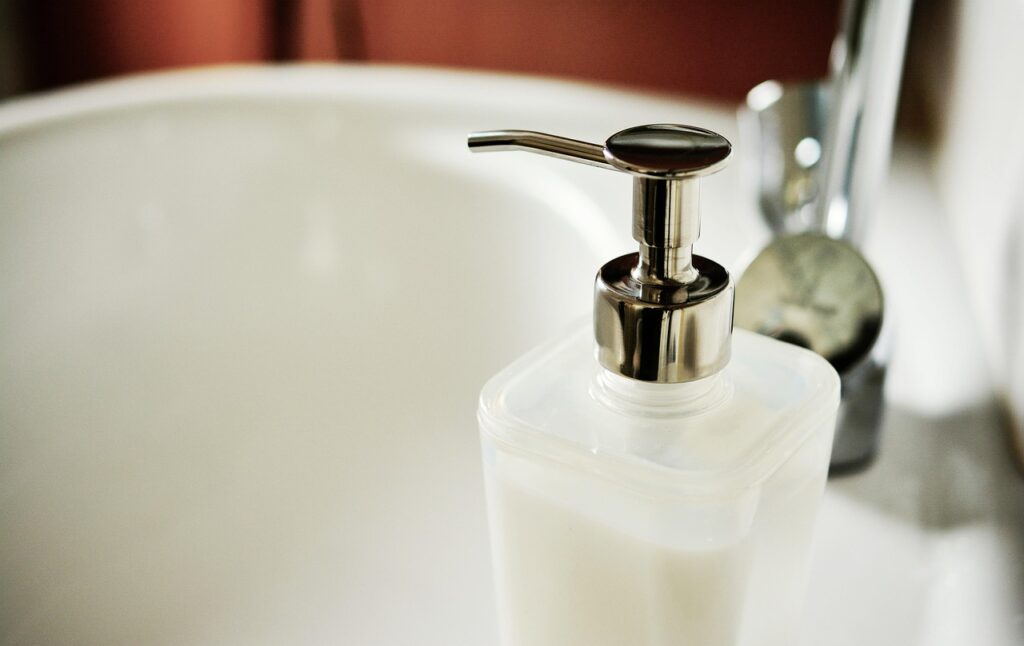
10. **Transform Your Cleaning & Household Maintenance with Smart Swaps**Our homes are filled with cleaning products, often housed in single-use plastic bottles that contribute to the ever-growing waste stream. However, innovative solutions and simple swaps can help you keep your home sparkling clean without the plastic guilt. It’s all about choosing concentrated, reusable, and natural alternatives.
Start by reimagining your spray cleaners. Instead of continually buying new bottles of solution, “give dissolvable tablet-based spray cleaners a shot.” The process is brilliantly simple: “Plop a tablet into a reusable spray bottle, add water, and spritz away.” This drastically reduces the number of plastic bottles ending up in landfills, and many brands offer effective formulas for various household needs.
Next, turn your attention to your dish sponges. Did you know that “most standard dish sponges are made from plastic?” These everyday items contribute to microplastic pollution and waste. A fantastic, eco-friendly alternative is to “switch to sponges made from coconut coir, which also have extra antibacterial properties.” They’re durable, effective, and compostable at the end of their life, offering a truly sustainable cleaning tool.
Finally, ditch the disposable cleaning wipes and dust-fighting sheets that are so often tossed after a single use. These are “unnecessary” when you have a ready supply of reusable options. “Transform old towels or clothes into rags you can reuse again and again.” This not only saves money but also diverts textile waste from landfills, providing an endless supply of effective, washable cleaning cloths for all your household needs.
Read more about: Beyond the Manual: 14 Genius Car Hacks Every Driver Will Wish They Knew Sooner to Master the Road
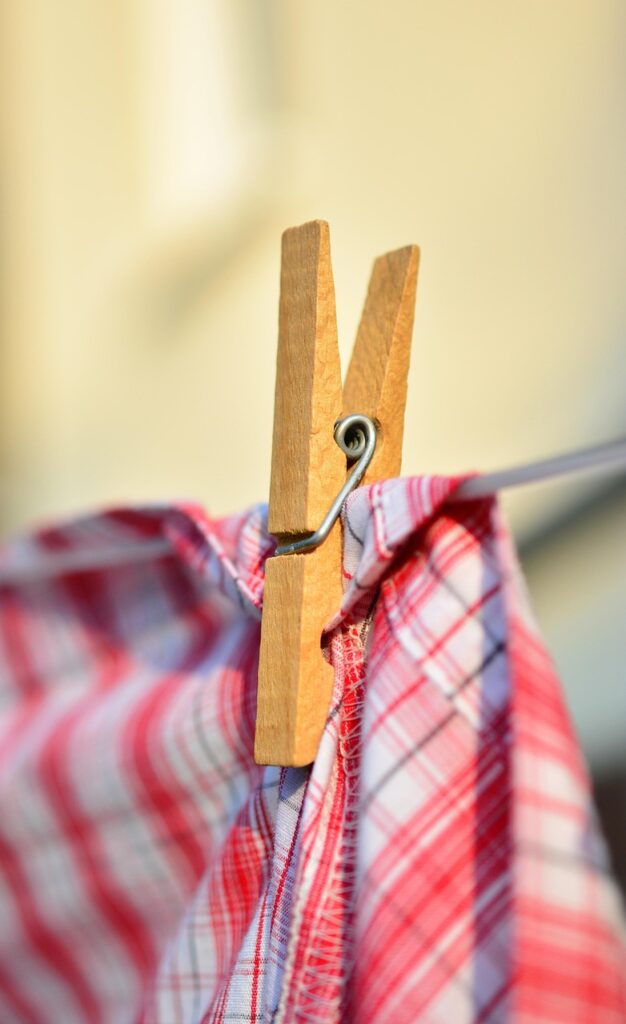
11. **Elevate Your Laundry and Clothing Care, Minimizing Microplastics**Laundry day, while essential, can be another hidden source of plastic waste and microplastic pollution. From the detergents we use to how we dry our clothes and even the materials our garments are made from, there are numerous opportunities to make more sustainable choices that benefit both your home and the environment.
Consider the convenience of laundry and dishwasher detergent pods. While they simplify chores, their sheaths are “made from a plastic called polyvinyl alcohol (PVA).” To avoid this hidden plastic, “go for powders or tablets” instead. Our context indicates that “we tried the dishwasher tablets, and they’re great,” offering an effective cleaning solution without the plastic film.
Another common culprit in the laundry room is the dryer sheet. These are “polyester,” a plastic-based material. A simple and long-lasting alternative is to use wool dryer balls. They “can usually be used in upwards of 1,000 loads and can even speed up drying times,” providing the added bonus of “fewer microplastics in your laundry.” It’s an easy swap that makes a big difference over time.
Beyond the wash, think about the clothes themselves. While “nice for workouts, try to avoid polyester clothes as much as you can.” This is because “they shed thousands of microplastics every time you wash them,” contributing to ocean pollution. Opting for natural fibers like cotton, linen, or wool can help reduce this significant source of microplastic release. Also, when you pick up your dry cleaning, remember to “ask your dry cleaner to skip the thin plastic wrap and hang your clothes uncovered.” Bring “a reusable garment bag to protect your duds” for a plastic-free transport solution.
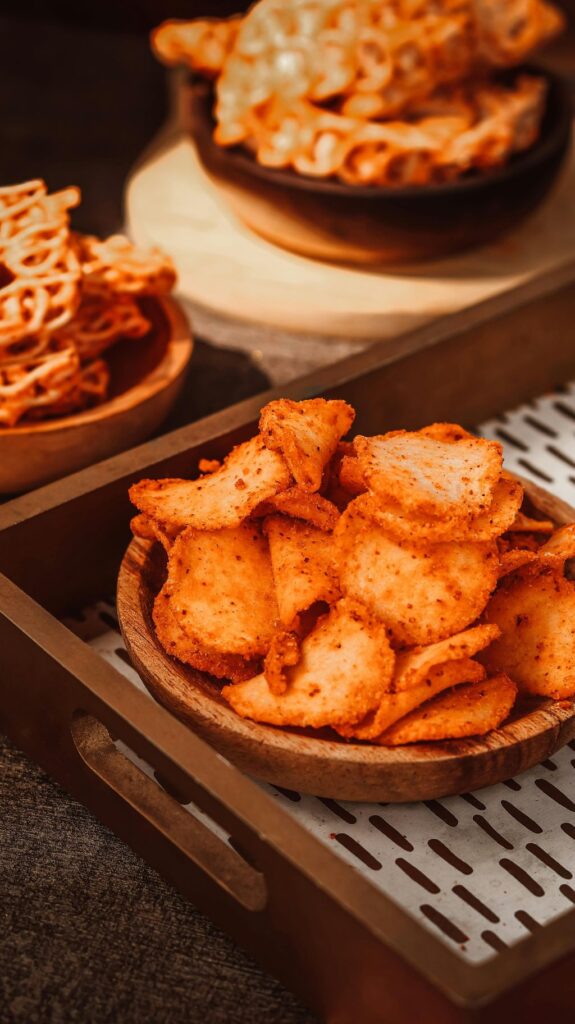
12. **Brew Better & Snack Smarter: Sustainable Choices for Everyday Indulgences**Many of our daily habits, especially around food and drink, can contribute significantly to plastic waste without us even realizing it. From our morning cup of tea or coffee to how we store leftovers, there are simple and effective ways to enjoy these everyday pleasures with less environmental impact.
If you’re a tea lover, take a moment to consider your tea bags. “Most tea satchels are made from plastic mesh, and can release a startling 11.6 billion microplastic particles into your mug.” This shocking fact makes a compelling case to “opt for loose-leaf tea instead of tea bags.” Investing in a tea infuser and buying loose leaf allows you to enjoy your brew without ingesting or contributing to plastic pollution.
For coffee aficionados, the convenience of single-serve pods comes at a high environmental cost. “Coffee pods, the large majority of which are plastic, amount to 576,000 metric tons of trash per year.” It’s a staggering figure that underscores the need to “kick your pod coffee habit.” Instead, embrace more traditional brewing methods like “a drip machine, moka pot, or French press.” If you can’t part with your machine, “at least opt for a refillable pod” to drastically cut down on waste.
Beyond beverages, re-evaluate how you store food. Plastic cling film, a common kitchen staple, is single-use and non-recyclable. A brilliant alternative is to “skip the plastic cling-film, and swaddle cheeses, cover jars, and wrap sandwiches in beeswax wraps.” These wraps are “reusable, come in a bunch of fun designs, and are way grippier than you might think,” offering a charming and effective plastic-free solution for keeping your food fresh.

13. **Celebrate Sustainably: Mindful Gifting and Social Gatherings**Special occasions and festivities, while joyful, often come with an unseen environmental cost due to single-use decorations, partyware, and gift wrap. However, by planning ahead and choosing consciously, you can host memorable events and give thoughtful gifts that are as kind to the planet as they are to your loved ones.
Let’s start with gift wrapping. That “pleasing sheen on gift wrap?” It’s often “plastic.” Traditional gift wrap is rarely recyclable and quickly becomes waste. Instead, “opt for reusable or recyclable gift wrap” like plain paper, or get creative and “use plain old newspaper if you have it lying around.” You can also “swaddle presents in fabric or scarves and nix the cellophane tape, too,” offering a beautiful, zero-waste presentation that doubles as an additional gift.
When hosting parties and gatherings, challenge the norm of cheap, disposable plastic sets. “Put out real plates for parties and gatherings instead of cheap plastic sets.” While the context suggests that “at the very least, opt for compostable paper plates,” it also wisely cautions that “disposable dinnerware also encourages more food waste.” Reusable dishes are always the best choice, minimizing waste and adding an elegant touch to your event.
Finally, rethink decorations and novelties. “Say ‘no’ to glitter in all shapes and sizes. Yes, even biodegradable glitter are nothing more than microplastics that make their way to our oceans.” Similarly, “avoid single-use plastic party decorations like balloons, plastic streamers, and single-use partyware.” Instead, “opt for reusable or biodegradable alternatives, such as cloth banners, paper decorations, and reusable cups and plates” to create a festive atmosphere without the plastic legacy.
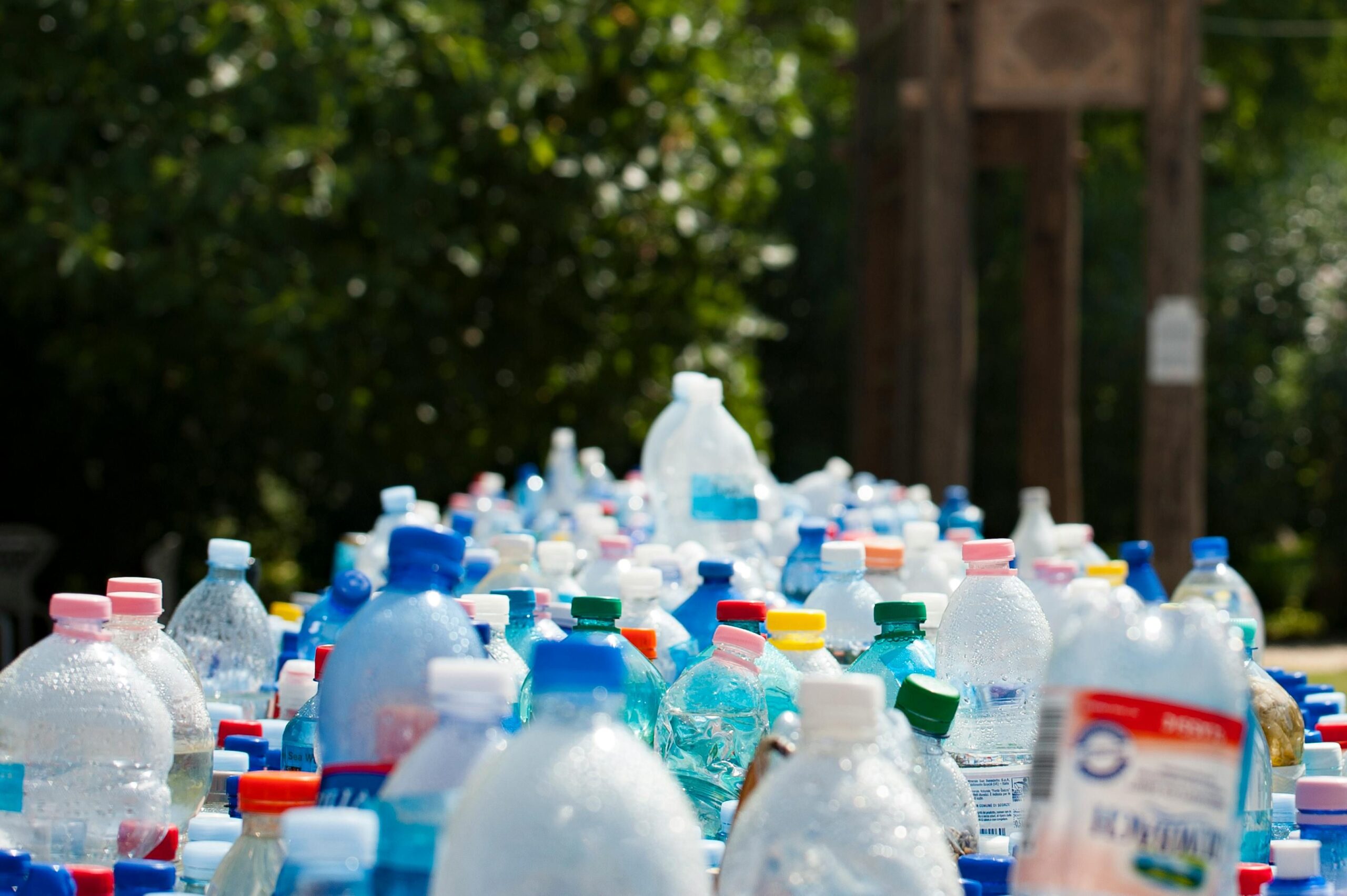
14. **Tackle Hidden Plastics: From Receipts to Personal Comforts**Plastic’s pervasive nature means it shows up in some truly unexpected places, often in items we handle every day without a second thought. Becoming aware of these less obvious sources of plastic and making informed choices is crucial for a comprehensive approach to waste reduction. Every small adjustment contributes to a larger positive impact.
Consider the humble receipt. While not directly plastic, “receipts are coated in heat-reactive chemicals, which include BPAs—known hormone disruptors.” Beyond the chemicals, they are often unrecyclable. The simplest solution? “Decline receipts or choose digital ones.” This eliminates unnecessary paper waste and avoids potentially toxic paper you can’t recycle.
For those who use period products, this area presents a significant opportunity for change. “The disposables can be as much as 90% plastic,” contributing substantially to landfill waste. A powerful alternative is to “consider switching to a menstrual cup or trying out washable, absorbent underwear,” which are sustainable, cost-effective, and comfortable long-term solutions.
Even something as small as gum can contain plastic. Many popular chewing gums “get their chew from petrol-based polymers (aka plastic).” To avoid this, “look for sticky stuff that uses chicle (tree sap) instead.” This seemingly minor swap demonstrates how deeply plastic has integrated into our lives and how conscious choices can make a difference. Lastly, consider your fire starters. Instead of disposable plastic lighters, “try a rechargeable lighter or pack of good old fashioned matches” for a more sustainable option.
### Charting a Course Towards a Plastic-Free Horizon
As we’ve explored these many practical and genuinely doable ways to reduce single-use plastics in our daily lives, it becomes clear that this isn’t about perfection; it’s about progress. Each swap, each mindful choice, and every decision to refuse a single-use item contributes to a powerful collective movement. We’ve seen how plastics, derived from fossil fuels and accumulating in staggering amounts, pose a significant climate problem, yet the power to change this narrative lies within our everyday actions.
From embracing durable reusables for shopping and hydration to making smarter choices in our personal care, household cleaning, and even our celebrations, the path to a less plastic-dependent life is paved with accessible solutions. This journey empowers us not just to mitigate environmental harm but also to foster healthier habits and often, save money in the process. It’s about building a home and a planet where convenience doesn’t come at an insurmountable ecological cost.
Remember, this isn’t about drastic, overnight overhauls, but rather the cumulative effect of countless small, intentional steps. By making these smart, simple swaps, you’re not just reducing your personal plastic footprint; you’re sending a powerful message to manufacturers and industries about the demand for sustainable alternatives. So, let’s continue to choose wisely, act decisively, and together, pave the way for a future where single-use plastics are a relic of the past, and a healthier planet is the shared reality.


